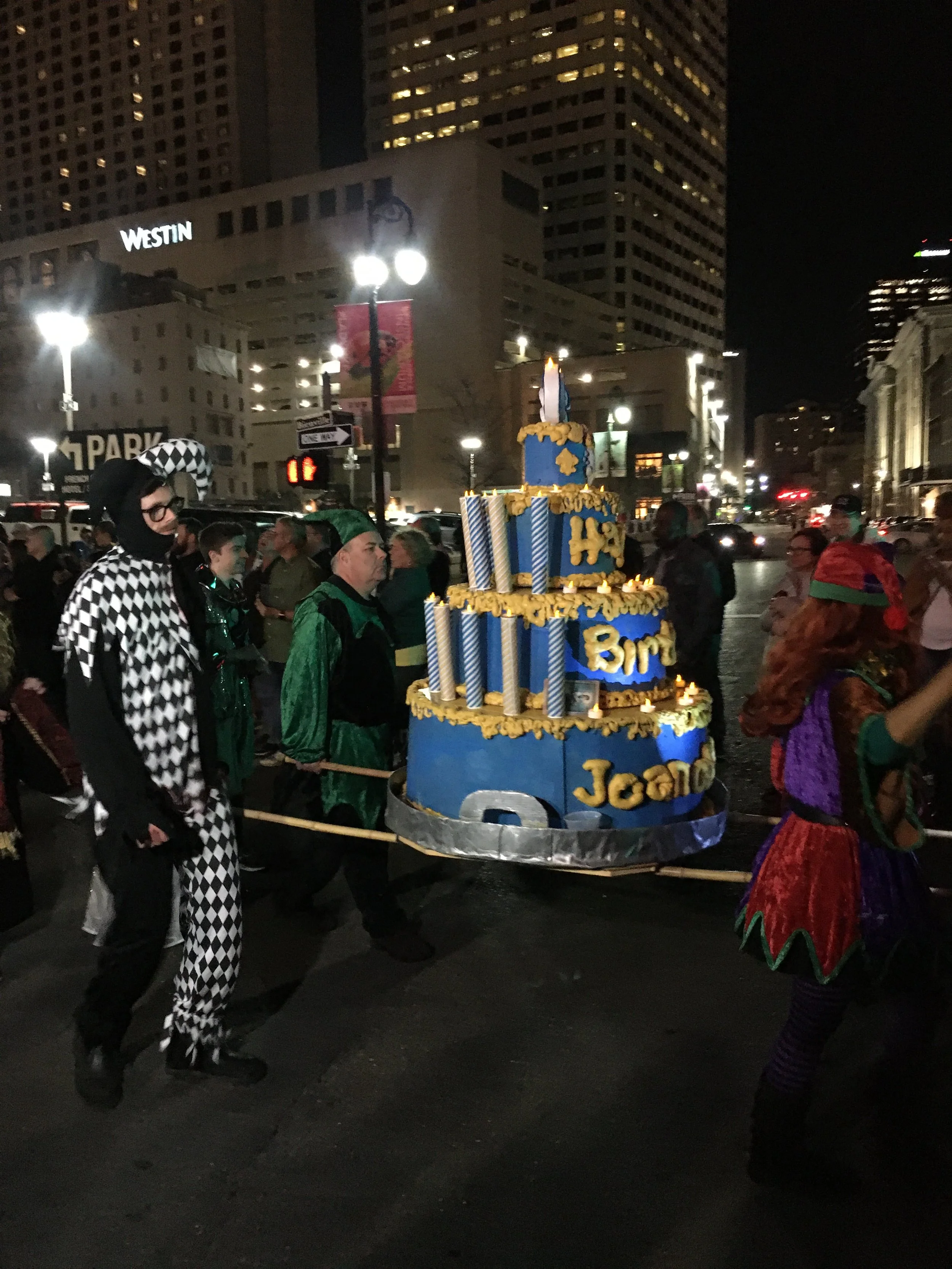Joan of Arc: Maid of Orleans and Patron Saint of New Orleans
One spirit with the most enduring mark on the city of New Orleans belongs to a woman who lived in the early 1400s, nearly 300 years before Iberville and Bienville staked their claim of this land for the French – Joan of Arc. Long hailed as the patron saint of NOLA, the ancient woman was born in Orléans, France, a sister city and namesake of New Orleans. We celebrate Joan of Arc each year on January 6, which also happens to be the start of the Carnival season, but who is this French woman so revered in a city thousands of miles from her birthplace?
Joan of Arc
Maid of Orléans and Patron Saint of New Orleans
Who Was Joan?
At the young age of 12 or 13, a peasant girl named Joan claimed to hear divine voices directing her to help Charles, then the dauphin of France, expel the English who were attempting to take the throne and secure Charles as king. Despite her inexperience, Joan, dressed as a man, successfully led troops to win battles against Charles’ enemies and hold the English and their French sympathizers at bay.
Her valiance, however, did not save her from deadly accusations among her medieval peers. Her actions flouted religious and societal norms: a woman taking decisive military actions, a layperson (and peasant, at that!) communicating directly with God – Joan certainly did not endear herself to those in power. Instead, she was seen as quite a dangerous threat to the order of the day. She was seen as such a dangerous figure, in fact, that after her capture, she was tried and found guilty of heresy, a crime punishable by execution.
Joan’s Trial
Despite the young woman befriending the Crown, Charles VII did nothing to save Joan. Instead, the young girl faced 70 different charges, ranging from blasphemy to following commands from God instead of the Church to wearing men’s clothing. After multiple days of intense questioning, Joan’s charges dropped from 70 to 12, but her unwavering commitment to her beliefs eventually led the English and their French collaborators to execute her as a heretic. In 1431, they burned Joan at the stake before a huge crowd. As the flames grew higher, she shouted for a friar in the crowd to hold the crucifix high enough for her to see it as she was engulfed. She held to her convictions to the very end.
Two decades after Joan’s execution, Charles VII opened an inquiry into her trial, and eventually her sentence was abandoned. In the early 20th century, Pope Benedict XV canonized her, officially naming her a saint, but Joan’s life and legend had already secured her as an almost mythic figure to the people of France.
Parade revelers carry a birthday cake for Joan through the streets of New Orleans
The Maid of Orleans in New Orleans
Because of the deep French roots in New Orleans, Joan of Arc has long been honored here. The French were the first European settlers to lay claim to this land (that had already long been occupied by Native American tribes), and Orléans, the saint’s birthplace, is a sister city of NOLA. For the past 15 years, we have celebrated Joan of Arc’s birthday, January 6, in one of the city’s best loved traditions: with a parade! The saint’s birthday happens to fall on Twelfth Night, the end of the Christmas season and the official start of Carnival season here in New Orleans.
Revelers line the streets of the famed French Quarter to watch this unique procession that is part history lesson, part pageantry, and fully New Orleans. Parade participants (known as the krewe) dress as a wide cast of characters from angels to foot soldiers to prominent figures from the saint’s history, as well as several versions of Joan at different points in her life. Krewe members pass out handmade throws, and the crowd cheers as the young woman who portrays Joan rides by on her horse. It’s an incredible start to the Carnival season (which lasts through Mardi Gras Day), and it’s not to be missed if you want to catch some of the most unique parts of New Orleans and her culture!


